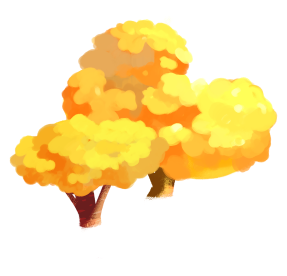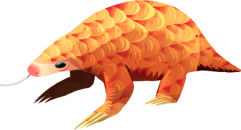In the clear and cold forest stream, the shining silver carin brine flips and pecks at food. It uses its mouth that looks like a shovel to spade over the diatom on the sone and leaves round marks on the stone. Taiwan shovel jaw carp is also called carin brine or Varicorhinus barbatulus. Atayal people call it Qulih Balay. It has high sensitivity on the water quality in the environment. If the water or the aquatic environment is polluted and deteriorated, the fish will leave the area or die. Therefore, it is used as a fish ecology indicator to inspect whether the river and stream is polluted. In the environment that is not (or slightly) polluted, we can see carin brine, sweetfish, and Formosan loch swim leisurely in the water. In the river with mild pollution, we can see Candidia barbata, Formosania lacustre, and Acrossocheilus paradoxus. In the river with medium pollution, we can see Rhinogobius similis, Zacco platypus, and Sinibrama macrops. In the river with heavy pollution, only snakehead fish, loach, Gambusia affinis, and tilapia can survive. If the river contains toxic pollutant, it might cause the serious effect of the extinction of living beings along the whole section of the river. “Human excessive catching” and “the destruction of habitat” are the main reasons why the quantity of the carin brine and the fish in the rivers in Taiwan hugely reduced. We shall protect the cleanness of our rivers and streams so that the precious underwater living beings can continue surviving and growing endlessly.


